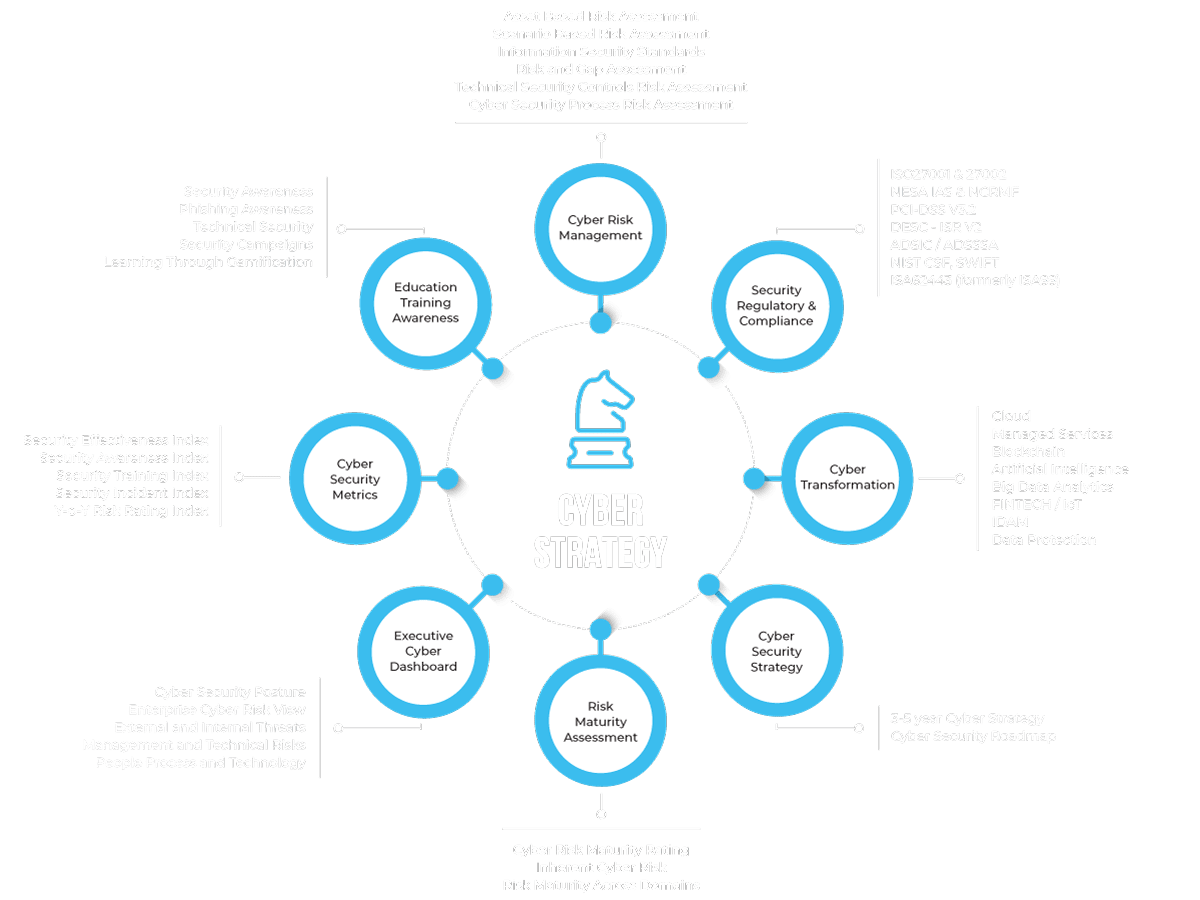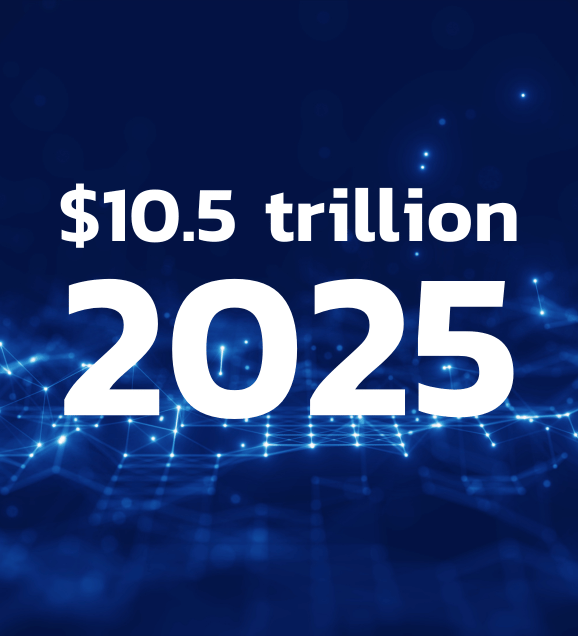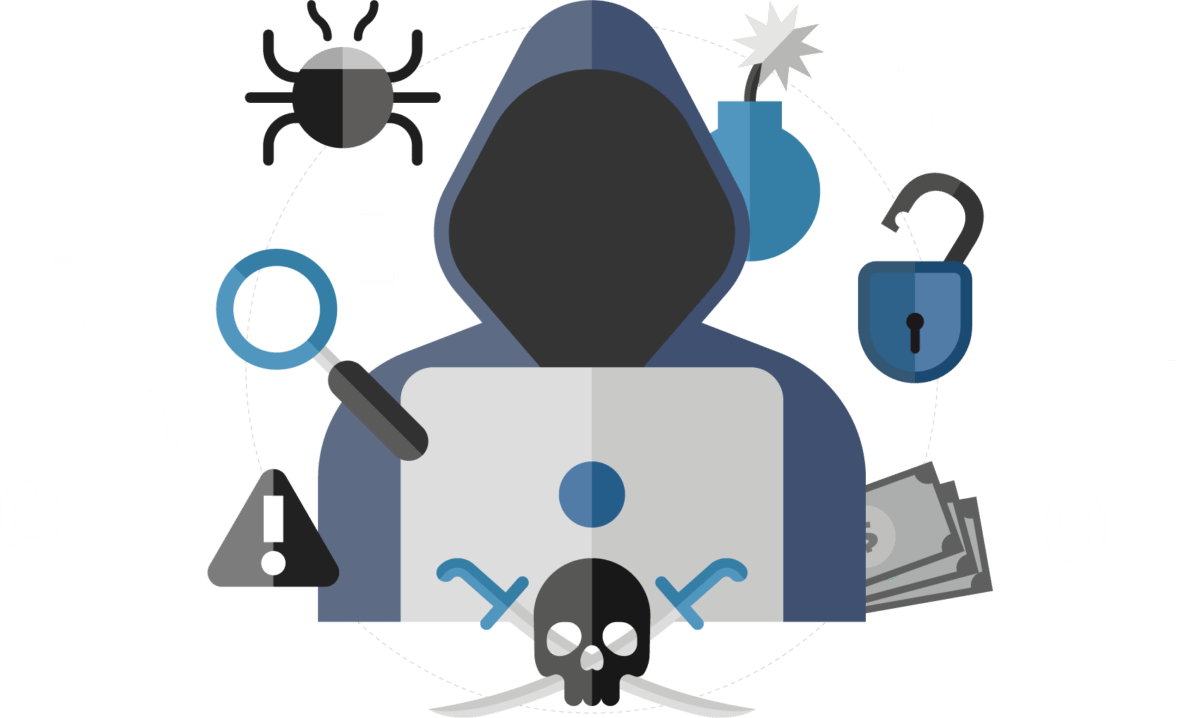- About Us
-
-
- About UsWe are the regional leaders in cybersecurity. We are masters in our tradecraft. We are dynamic, talented, customer-centric, laser-focused and our mission is to defend and protect our customers from cyber adversaries through advisory, consulting, engineering, and operational services.
-
-
- Solutions
-
-
- SolutionsThe cybersecurity industry is fragmented. We have carefully curated an interoperable suite of cybersecurity products and solutions that focus on improving your security compliance and risk maturity that add real business value, effectiveness, and ROI. Combined with our professional services and security engineering expertise we design, architect, implement and operate complex environments and protect your digital space.
-
- Industry
-
-
- IndustryCyber adversaries and threat actors have no boundaries. No industry is immune to cyber-attacks. Each industry has unique attributes and requirements. At DTS we have served all industry verticals since inception and have built specialization in each segment; to ensure our customers can operate with a high degree of confidence and assurance giving them a competitive advantage.
-
- Services
-
-
- ServicesOur cybersecurity services are unmatched in the region. With our unique customer-centric approach and methodology of SSORR we provide end-to-end strategic and tactical services in cybersecurity. We on-ramp, develop, nurture, build, enhance, operationalize, inject confidence, and empower our customers.
-
-
- Vendors
- Products
- Resources
- Press Center
- Tweets
- Support
- Contact
-
Cyber Strategy
Cybercrime will cost companies worldwide an estimated $10.5 trillion annually by 2025 at a growth rate of 15 percent year over year. The average global cost of a data breach in 2022 amounted to $4.24 million. Organizations disbursed $602 million in ransom extortion to cybercriminals.
Misconfiguration by customers accounts for 95% of data breaches in the cloud. Ransomware and Business Email Compromise (BEC) through phishing continue to be prevalent as primary vectors for cyber attacks.
Cybercrime will cost companies worldwide an estimated $10.5 trillion annually by 2025 at a growth rate of 15 percent year over year. The average global cost of a data breach in 2022 amounted to $4.24 million. Organizations disbursed $602 million in ransom extortion to cybercriminals.
Misconfiguration by customers accounts for 95% of data breaches in the cloud. Ransomware and Business Email Compromise (BEC) through phishing continue to be prevalent as primary vectors for cyber attacks.
Attackers, meanwhile, range from hackers to nation states. In all forms, they are constantly innovating and subverting common controls, some beyond the reach of a country’s law enforcement. Furthermore, cyber laws are not adequately issued and often down to interpretation.
Cyber Security Strategy

Cyber Security Strategy

Cyber Security Strategy Domain
DTS Solution has defined multiple sub-domains in the Cyber Strategy domain that will drive integration with business objectives, manage cyber risks in a holistic manner that adds value to the executives, compliance to security standards and regulations whilst providing executives with cyber risk scorecards and dashboards that are easy to understand.
Cyber Security Strategy Domain
DTS Solution has defined multiple sub-domains in the Cyber Strategy domain that will drive integration with business objectives, manage cyber risks in a holistic manner that adds value to the executives, compliance to security standards and regulations whilst providing executives with cyber risk scorecards and dashboards that are easy to understand.
Solutions
Network and Infrastructure Security
Zero Trust and Private Access
Endpoint and Server Protection
Vulnerability and Patch Management
Data Protection
Application Security
Secure Software and DevSecOps
Cloud Security
Identity Access Governance
Governance, Risk and Compliance
Security Intelligence Operations
Incident Response
Accreditations


Accreditations


Dubai
Office 7, Floor 14
Makeen Tower, Al Mawkib St.
Al Zahiya Area
Abu Dhabi, UAE
Sama Tower, Floor 7
Moh. Thunayan AlGhanim Str.
Jibla, Kuwait City
Kuwait
160 Kemp House, City Road
London, EC1V 2NX
United Kingdom
Company Number: 10276574
Riyadh
Office 109, Aban Center
King Abdulaziz Road
Al Ghadir
Riyadh, Saudi Arabia
The website is our proprietary property and all source code, databases, functionality, software, website designs, audio, video, text, photographs, icons and graphics on the website (collectively, the “Content”) are owned or controlled by us or licensed to us, and are protected by copyright laws and various other intellectual property rights. The content and graphics may not be copied, in part or full, without the express permission of DTS Solution LLC (owner) who reserves all rights.
DTS Solution, DTS-Solution.com, the DTS Solution logo, HAWKEYE, FYNSEC, FRONTAL, HAWKEYE CSOC WIKI and Firewall Policy Builder are registered trademarks of DTS Solution, LLC.

